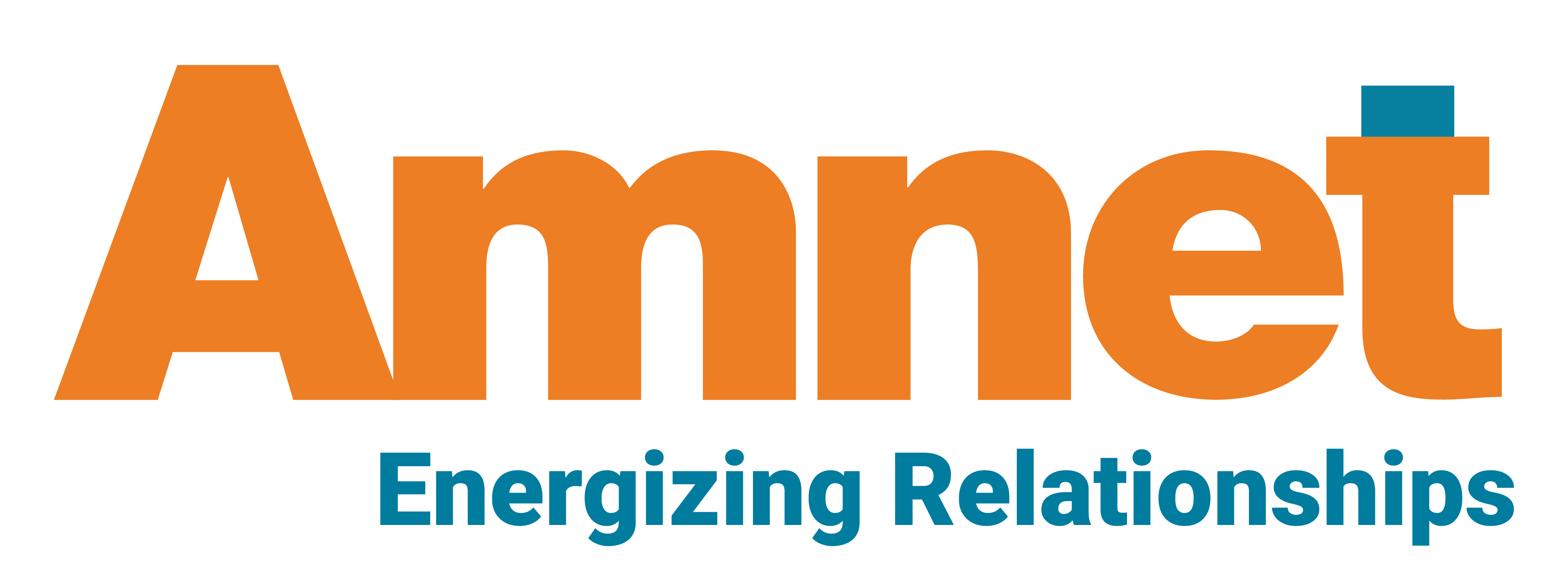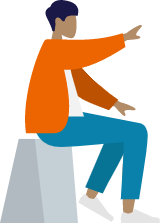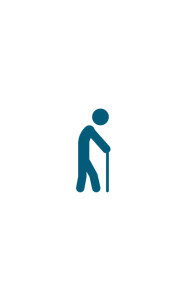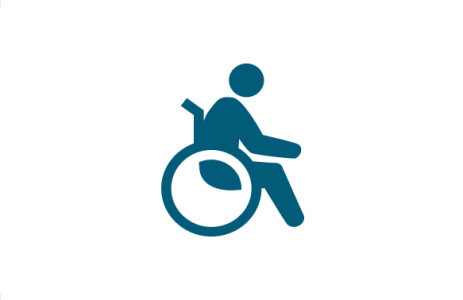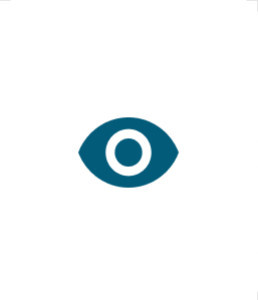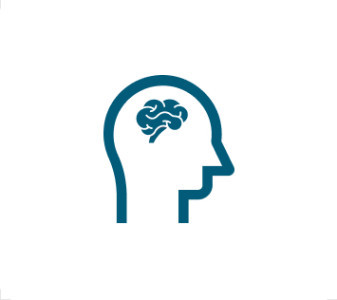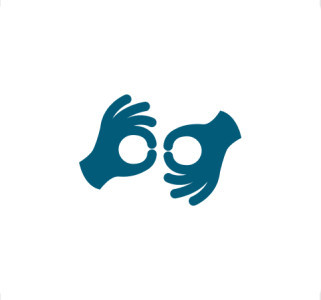When I was asked to write a brief article on accessibility in publishing, I was worried—how to fit it all into 1,000 words? There’s so much to say! I’ve been working in this area for many years and I don’t think I’ve ever had to pack so much into a report as I’m going to try to do today!
We’ve come a long way in a short time, and with so much converging right now, this is a time of opportunity and renewed energy for accessible publishing. Our ultimate goal, Born Accessible publishing via fully conformant EPUB 3 is finally a realistic one. Print-disabled readers can expect the same experience as everyone else—to be able to access content at the same time, at the same cost, and in the same format. Getting the basics right is straightforward, but full conformance requires serious effort. Fortunately, there are tools from DAISY to help.
The entire supply chain’s engagement with our mission and goal is of paramount importance. There’s no point having fully accessible EPUB 3 content if no one can find it, purchase it, or read it on their reading system. Supply chain involvement at every level has been a challenge but good things are happening, and we applaud DAISY’s partners in all sectors who are tirelessly working to make this happen.
We are witnessing much success. Awareness building is often the key to initial understanding and action within an organization. Via our inclusive publishing website and other partner organizations, such as BISG, it is clear that we are creating a community of committed individuals who are passionate about our success and selfless in driving our ultimate goal forward. Accessibility is now a major topic at many industry events and it’s hugely significant that we are witnessing this shift in focus at so many mainstream conferences and fairs. The inclusive publishing events page provides details on these events and you can find out which of our talented DAISY speakers will be showcasing their work.
Crucial to our success is the industrywide adoption of the EPUB 3 format. EPUB 3 offers more opportunities and options for accessibility than any other digital publishing format, and it remains vital that we all continue to support and advocate for EPUB 3. The work of the W3C publishing groups continues to be outstanding and the current draft of EPUB 3.2 reinforces the requirement for accessibility. DAISY is incredibly proud to be a part of this work and our relationship with our friends at the W3C remains as important now as it ever was.
However, accessibility is not a given with an EPUB 3 file and it’s very important that all digital content is validated for conformance to accessibility standards. Our Ace by DAISY EPUB accessibility conformance checker is a free and open source tool that you can integrate into any part of your production workflow. We’ve had incredible feedback on the success of this tool and publishing companies worldwide are including Ace as part of their standard in-house process. The DAISY SMART tool provides manual conformance checks necessary to ensure conformance with EPUB and WCAG requirements. Together with Ace they provide the most complete method for accessibility conformance testing of EPUB publications. Our DAISY developers have also been working hard on EPUBCheck to bring it in line and up to date with industry requirements. Thanks to the support of the industry, EPUBCheck version 4.2 is now production-ready.
Certification of mainstream accessible content has been made possible by the Benetech Global Certified Accessible program and Macmillan has recently announced that they are the first publisher to gain accreditation via this program. Using Ace and SMART together with other Born Accessible criteria, Benetech is certifying content in accordance with WCAG and the EPUB 1.0 Accessibility specification.
For some time, we have advocated for publishers to use accessible metadata to improve the discovery of their content (via ONIX for books code list 196 and schema.org for EPUB packages). An EPUB conforming to the accessibility specification must have embedded accessibility metadata, which means the description of accessibility features is carried throughout the distribution chain. We are seeing renewed vigor in this area made possible by Vital Source, who are now displaying an accessibility icon on their platform where this accessibility metadata is available. How would a print-disabled reader find these books otherwise?
We’ve just completed an update to the DAISY 2019 accessibility reading system round up via EPUBTest.org that helps users make reading system decisions based on their own personal requirements. We all have different wants and needs when it comes to accessing content and this piece of work greatly assists everyone in making the choice that’s right for them.
All of these big stories are significant in our push in the Higher Education sector. DAISY partners Vital Source and RedShelf are prime examples of dedication within this area and we are excited to see where this will lead. Our webinar series is now reaching 3,000 higher-education Disabled Student Service Offices, which brings us back to awareness building as a mission focus.
International working groups such as those at BISG, NNELS in Canada, the PA in the UK, and APA in Australia are showing us the importance of accessibility in these countries, and we are proud to collaborate with their efforts. Guidance is available via the new edition of the BISG Quick Start Guide and the newly launched Inclusive Publishing in Australia: An Introductory Guide. While there are challenges that remain for complex and rich content, I have no doubt that the extraordinary work being done in this area will continue to amaze us all.
This has been an amazing couple of years for accessibility in publishing and we look forward to even greater things as Born Accessible publishing becomes part of our mainstream requirement. Publishers should work on this now, build the necessary elements into their workflows, and reach a more diverse audience. Join the DAISY party!!
Disclaimer:
This is to inform readers that the views, thoughts, and opinions expressed in the article belong solely to the author, and do not reflect the views of Amnet.
Copyright © 2023 Amnet. All rights reserved. No part of this publication may be reproduced, distributed, or transmitted in any form or by any means, including photocopying, recording, or other electronic or mechanical methods, without the prior written permission of the publisher, except in the case of brief quotations embodied in critical reviews and certain other non-commercial uses permitted by copyright law. For permission requests, write to [email protected].

